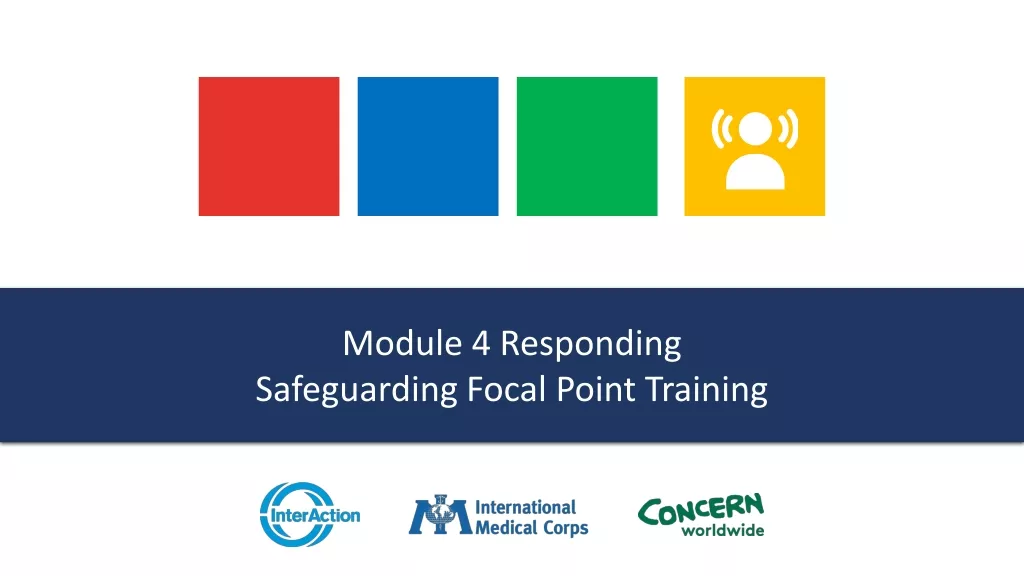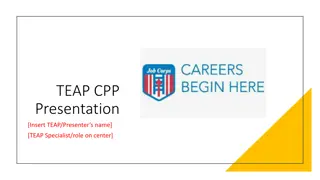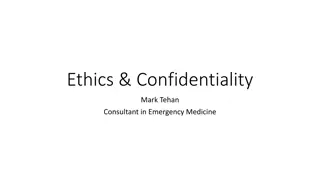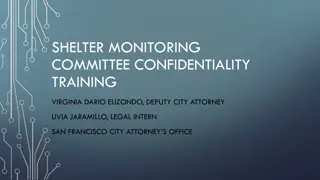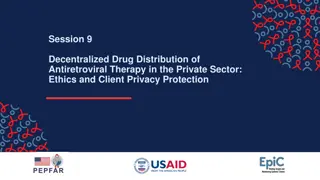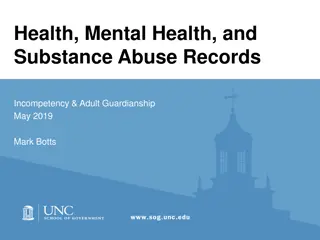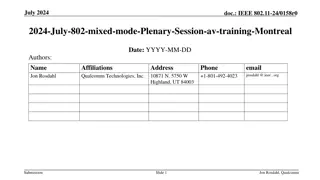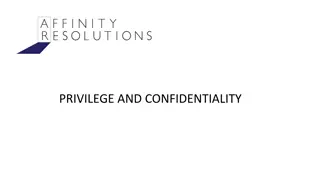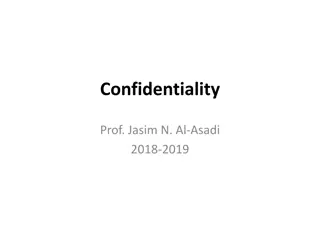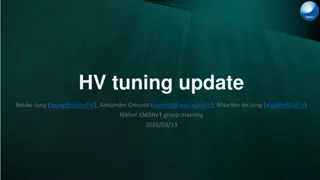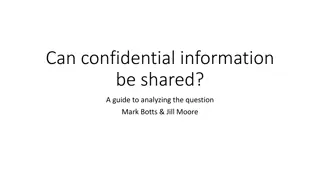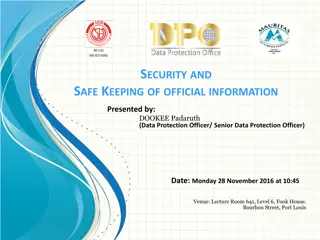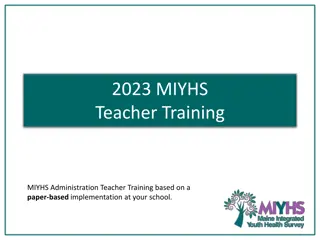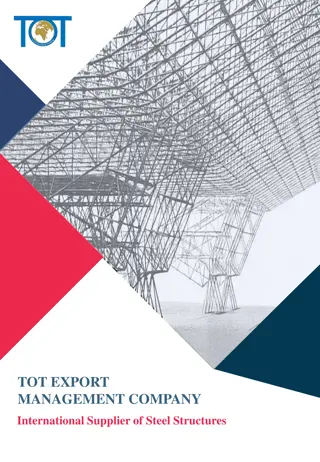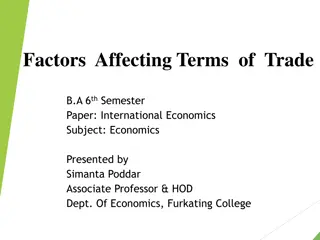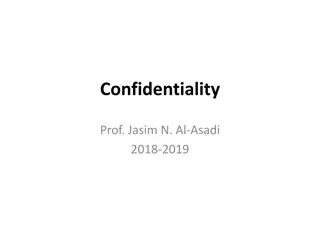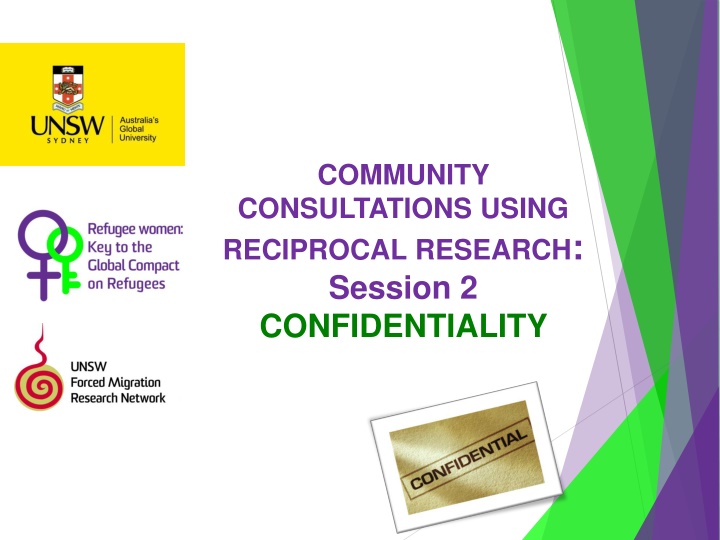
Confidentiality in Community Consultations using Reciprocal Research
Explore the importance of confidentiality in community consultations using reciprocal research methods. Learn how confidentiality fosters trust, enables open discussion on sensitive topics, and safeguards personal stories. Uphold group confidentiality agreements to maintain a safe and respectful environment for all participants.
Download Presentation

Please find below an Image/Link to download the presentation.
The content on the website is provided AS IS for your information and personal use only. It may not be sold, licensed, or shared on other websites without obtaining consent from the author. If you encounter any issues during the download, it is possible that the publisher has removed the file from their server.
You are allowed to download the files provided on this website for personal or commercial use, subject to the condition that they are used lawfully. All files are the property of their respective owners.
The content on the website is provided AS IS for your information and personal use only. It may not be sold, licensed, or shared on other websites without obtaining consent from the author.
E N D
Presentation Transcript
COMMUNITY CONSULTATIONS USING RECIPROCAL RESEARCH: Session 2 CONFIDENTIALITY
Discussing confidentiality and coming to an understanding with the group about what this means, is a critical part of the methodology It helps to build trust and creates an environment in which we feel comfortable to talk about difficult issues. Intellectual property of E Pittaway and L. Bartolomei; Reuse is permitted with author attribution
Confidentiality means that we all promise not to discuss anything we hear in this training without the permission of the person who tells the story. It is a promise which we give to each other the trainers, the participants, service providers, interpreters and staff. If we all agree to do this, then we can learn to trust each other and discuss things openly, because we know it will not be spread around the community or used in reports without our permission. Intellectual property of E Pittaway and L. Bartolomei; Reuse is permitted with author attribution
Photographs and Videos Confidentiality must be extended to the use of peoples images and videos. This is particularly important on Social media. A quick group verbal permission is not enough. People sometimes do not understand the implications of being identified as taking part in trainings and workshops. There have nben reprcussions inb many countries. Always check before photos are used, and pixelate or remove pictures if permission is not clear, or withdrawn. Ask participants not to use social media without the explicit permission. This applies to NGO s, interpreters and all stakeholders Intellectual property of E Pittaway and L. Bartolomei; Reuse is permitted with author attribution
Group Confidentiality Agreement We the participants and facilitators of this Community Consultation using Reciprocal Research training agree to keep confidential any of the stories shared by individual participants during this training. Date: Name Signature
Confidentiality Agreement We, the trainers representing the UNSW Forced Migration Research Network and [your organisation s name] promise that any information that we gather as part of this training will be totally confidential. We guarantee that any written reports, photographs and film produced from this training will not be published or shown without written permission from the [.. ] communities involved. No names will be used in any reports from this training. If this information is used with your permission, you will be sent copies of the reports and multimedia presentations within two weeks of their publication. Trainers signatures: Date: I understand and accept this agreement. Participants signatures: Intellectual property of E Pittaway and L. Bartolomei; Reuse is permitted with author attribution
An example of a permission letter from a Refugee Organisation Intellectual property of E Pittaway and L. Bartolomei; Reuse is permitted with author attribution

